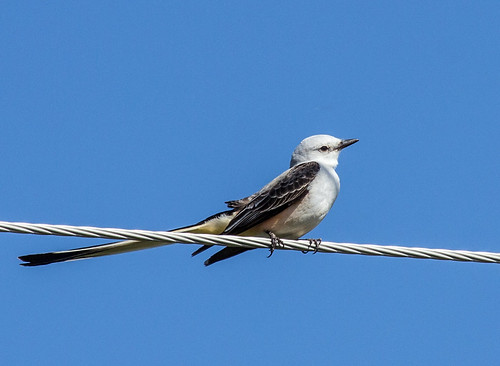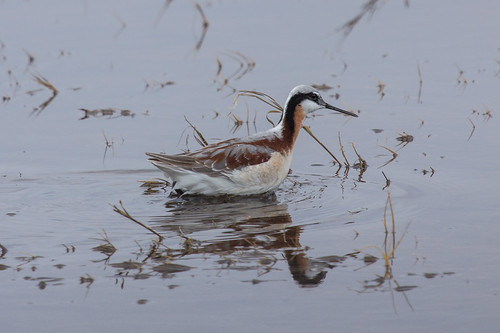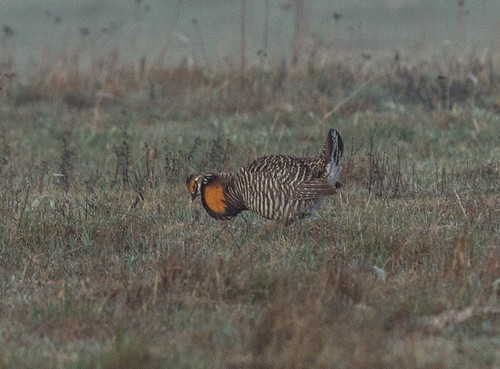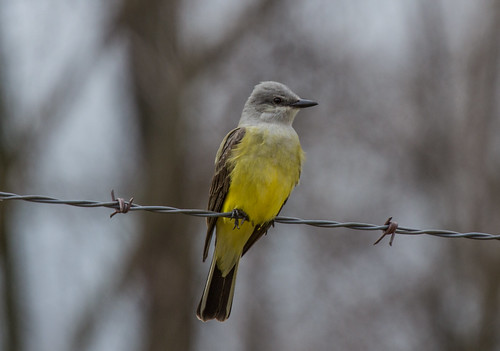
Many people have described the movie The Wizard of Oz as perfect, but to me it has a glaring flaw. It starts out appropriately in black and white, because in Dorothy ‘s angst, she feels as if her life is utterly devoid of color. Oz isn’t just colorful—the wondrously brilliant palette makes it larger and brighter than real life, as a dream world should be. But through her adventures, Dorothy learns to appreciate her home, family, and friends. One would think that by movie’s end she’d be able to see them with clearer eyes, especially considering that the movie ends with the words, “There’s no place like home.” But at movie’s end, Dorothy is back in her black-and-white, diminished world. Kansas may mot be an over-the-top Technicolor state, but even in the midst of a drought of historic magnitude, the state glows in living color, and it’s easy to find wonderful people working hard to protect the best of Kansas’s natural heritage.
One of those people is Rob Penner, avian programs manager of The Nature Conservancy’s property at Cheyenne Bottoms. This wetland in the heart of Kansas is a critical stopover for migrating shorebirds and waterfowl, and an important place for Whooping Cranes migrating between Aransas National Wildlife Refuge in Texas and Wood Buffalo National Park in Alberta. It also provides essential nesting habitat for the interior populations of Least Tern and Snowy Plover.
During the 17 years he’s been here, Rob has been managing the grasslands above the wetlands as well. Little by little, he’s removed all the trees from the grassy plains and as much fencing as he can, restoring this tiny remnant of what was once the vast Great Plains and thus enhancing the landscape for prairie chickens and other native species. Some Nature Conservancy land is grazed, but in a rotation cycle so it doesn’t get overgrazed, somewhat mimicking the grazing patterns of American bison when they were an integral part of the system. Rob is little by little removing the non-native trees from along streamsides, too.
The last weekend in April, the Kansas Wetlands Education Center usually celebrates an annual Wings and Wetlands Festival, but the awful drought has been hard on birds and habitat, and far fewer migrants have been using the wetlands this year, so they had to cancel the festival. Rob deserved a day off, but he didn’t appear to mind in the least spending an entire Sunday morning taking me around Cheyenne Bottoms. I’ve never seen it at its best, so I have nothing with which to compare, but it was darned impressive, and it was especially fun seeing it with Rob, who didn’t mind stopping his truck for every photographable Upland Sandpiper or shorebird. Many birders get impatient with out-of-towners who get so focused on what are ordinary birds, but Rob fully appreciates the rich birdlife of his little corner of the world even after 17 years. He’s seen the Cheyenne Bottoms through one of the wettest years on record, 2007, and now through this historical drought. The landscape wasn’t as green as it would be in a good year, but was hardly the black-and-white barren countryside of Wizard of Oz lore.



